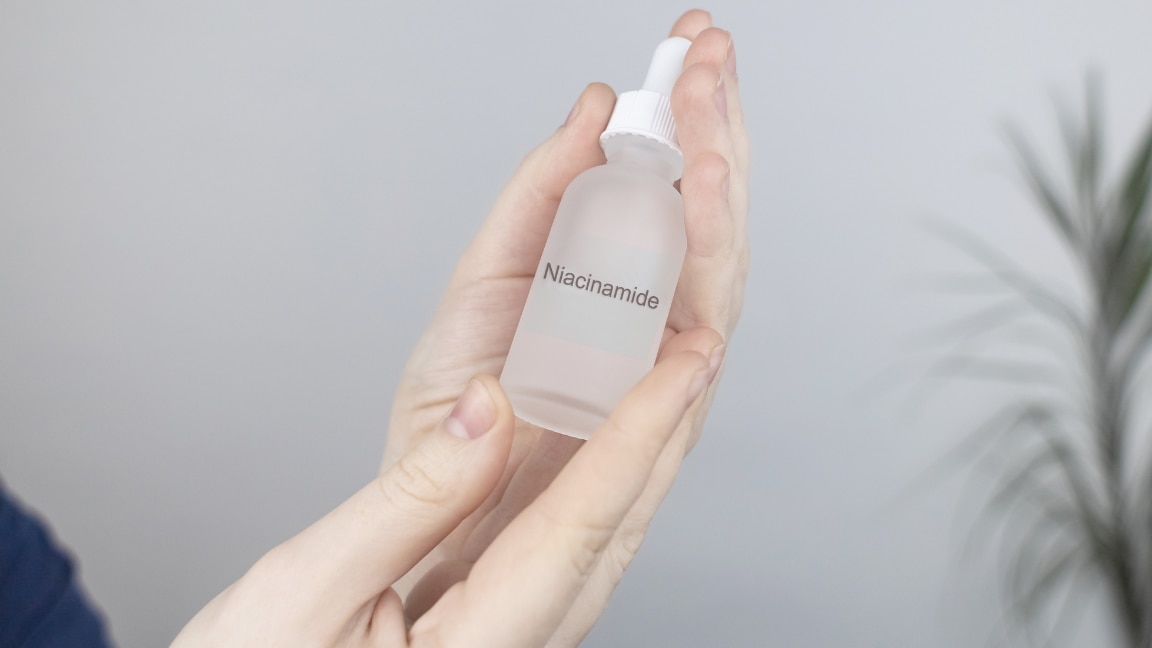- 01 What Is Niacinamide?
- 02 What Does Niacinamide Do for Your Skin?
- 03 Niacinamide Serum Side Effects You Should Know
- 04 How to Minimize Side Effects of Niacinamide
- 05 Is Niacinamide Safe for Skin ? (By SkinTypes)
- 06 How to Use Niacinamide Safely in Your Routine
- 07 Final Thoughts
- 08 FAQs: Niacinamide Serum Side Effects
Niacinamide has become a go-to skincare ingredient for beauty enthusiasts and dermatologists alike—and for good reason. It promises clearer pores, balanced oil, smoother skin, and even tone—all without being overly harsh. But like with any active skincare ingredient, understanding how it works, potential niacinamide serum side effects, and the correct way to use it is essential before you dive in.
This guide will walk you through what niacinamide is, how it benefits your skin, the possible side effects, and expert advice on using it safely for every skin type.
01What Is Niacinamide?
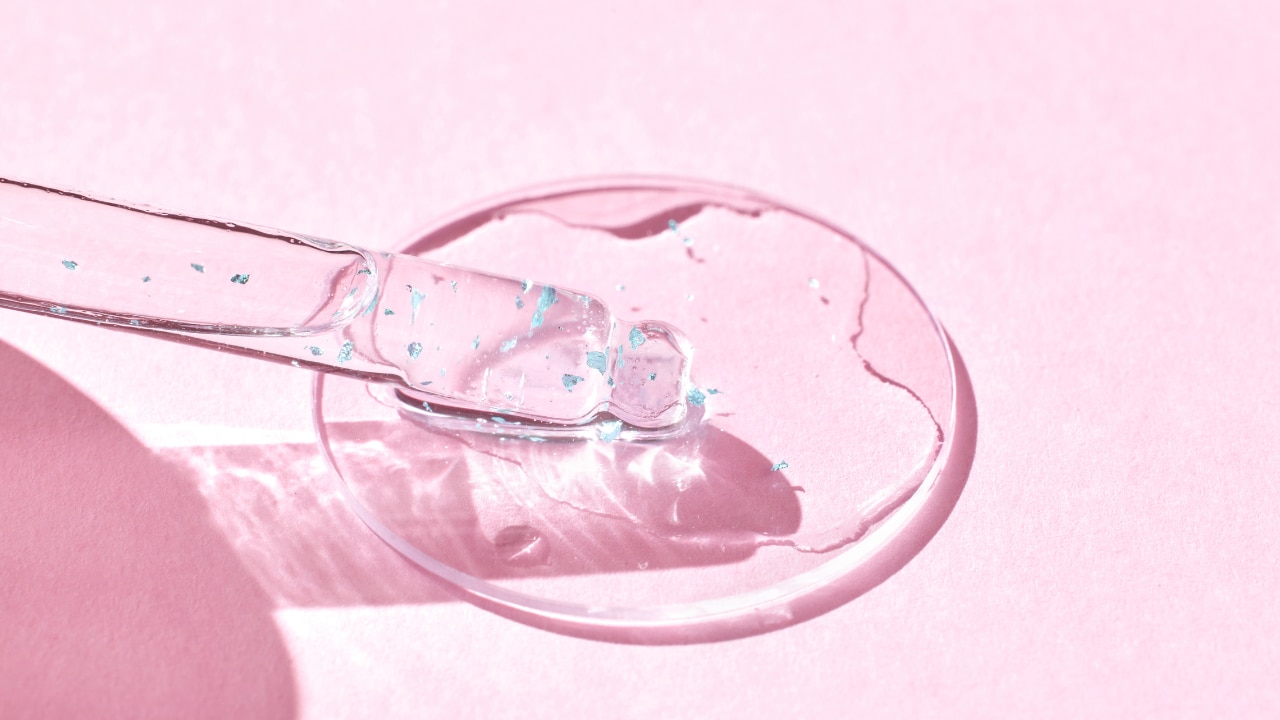
Niacinamide, also known as Vitamin B3, is a water-soluble vitamin that works with your skin's natural chemistry to improve texture, reduce the appearance of enlarged pores, even out tone, and strengthen the skin's moisture barrier. It's found in serums, moisturisers, and toners and is generally well-tolerated by most skin types.
When applied topically, niacinamide helps repair the outer barrier of the skin, increases skin resilience, and supports the skin in managing breakouts, dryness, and sensitivity—all while promoting a brighter, healthier complexion.
02What Does Niacinamide Do for Your Skin?
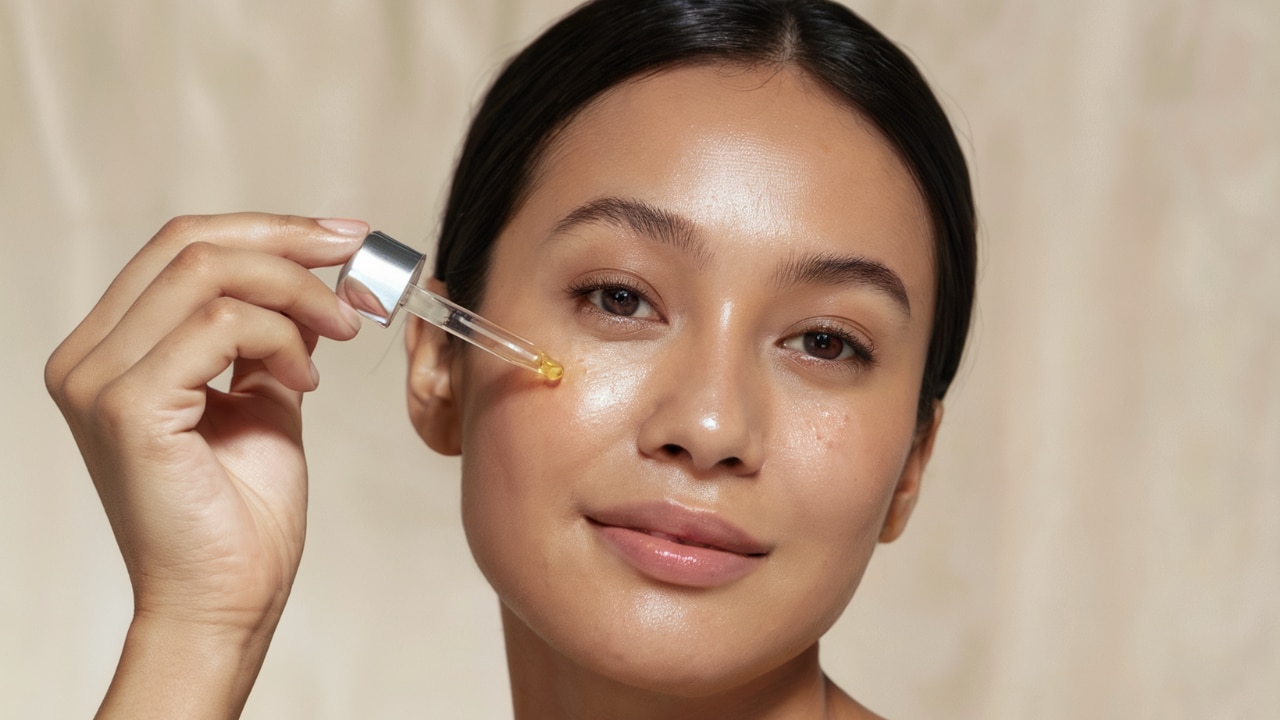
Niacinamide, or vitamin B3, is one of the most versatile ingredients in modern skincare. It supports the skin barrier, balances oil production, calms irritation, and promotes a visibly healthier complexion. Here's a breakdown of what it can do for your skin:
1. Minimises the Appearance of Enlarged Pores It refines skin texture and make pores appear smaller. By regulating oil production and improving skin elasticity, niacinamide helps prevent pores from becoming clogged or stretched. 2. Strengthens the Skin Barrier Niacinamide boosts the production of ceramides—natural lipids that maintain the skin's protective barrier. This helps reduce water loss, protects against irritants, and improves overall skin function. 3. Brightens Dull and Uneven Skin Tone Niacinamide works to reduce the appearance of dark spots and pigmentation by inhibiting the transfer of melanin (pigment) to the skin's surface. 4. Reduces Redness and Blotchiness Niacinamide is highly effective in reducing redness, blotchiness, and sensitivity. It is especially beneficial for people with rosacea, acne, or irritated skin, helping to calm flare-ups without causing further dryness or irritation. 5. Regulates Sebum (Oil) Production Helps balance the skin's natural oil production without stripping it, making it ideal for those with combination or oily skin types. This oil-control effect also supports a more matte, refined appearance over time. 6. Improves Moisture Retention It enhances the skin's ability to retain moisture by strengthening the lipid barrier. This results in long-lasting hydration, reduced flakiness, and less susceptibility to environmental stressors like pollution or harsh weather. 7. Protects Against Environmental Damage Helps combat oxidative stress caused by free radicals. These unstable molecules are responsible for premature ageing, fine lines, and loss of firmness. 8. Supports Skin Cell Regeneration It aids in the natural repair process of the skin by encouraging healthy cell turnover. This helps improve texture, reduce post-acne scarring, and rejuvenate dull or tired-looking skin. 9. Improves Skin Texture and Elasticity With consistent use, niacinamide promotes smoother, more supple skin. It improves skin resilience and supports collagen production, leading to firmer and more elastic skin over time.
With regular use, niacinamide can visibly improve skin clarity, hydration, and overall tone—making it a favourite for concerns like hyperpigmentation, acne, and uneven texture. Whether you're using the Pond's Anti-Pigmentation Serum or the Simple 10% Niacinamide + Pro-Vit B5 Booster Serum, you're on the right track to brighter, healthier-looking skin.
03Niacinamide Serum Side Effects You Should Know
Although generally considered safe and non-irritating, niacinamide serum can cause side effects in some individuals—especially if introduced improperly or used in high concentrations.
Here's what to watch for:
1. Skin Irritation
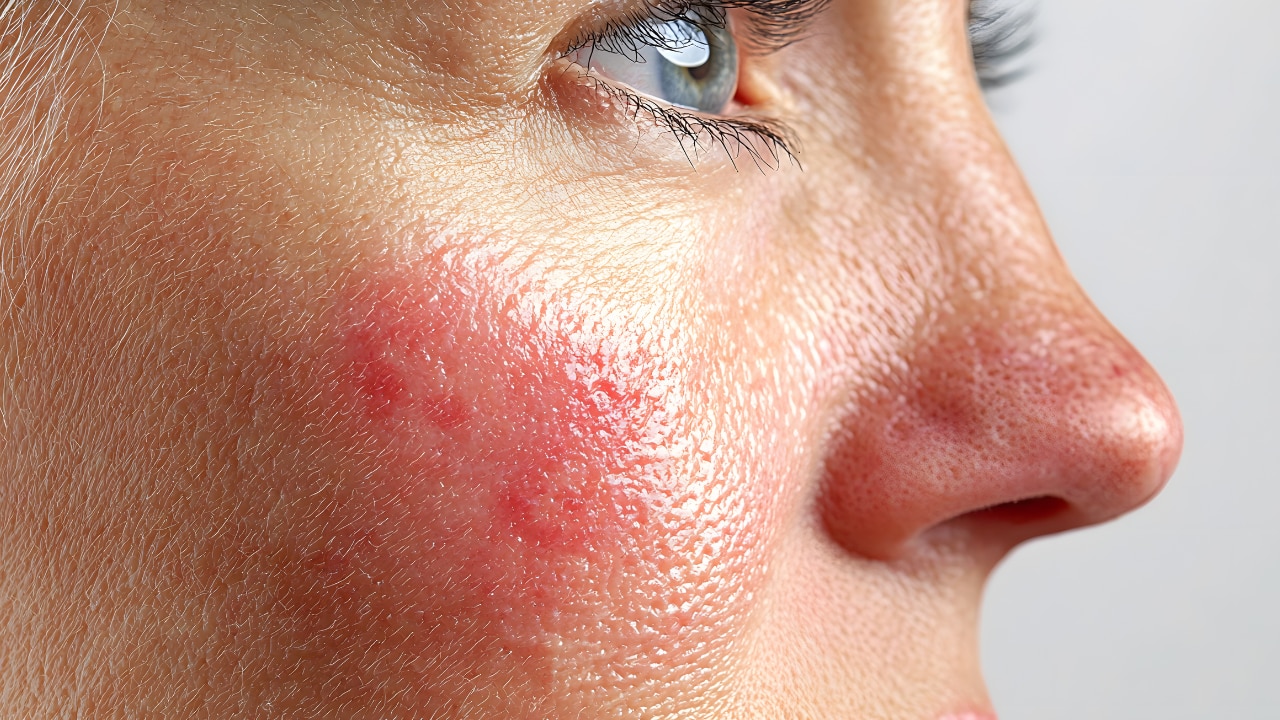
This includes redness, itching, stinging, or a warm, burning sensation—especially around sensitive areas like the cheeks and under-eyes. It's more common with serums that contain 10% or higher concentrations.
2. Increased Sensitivity
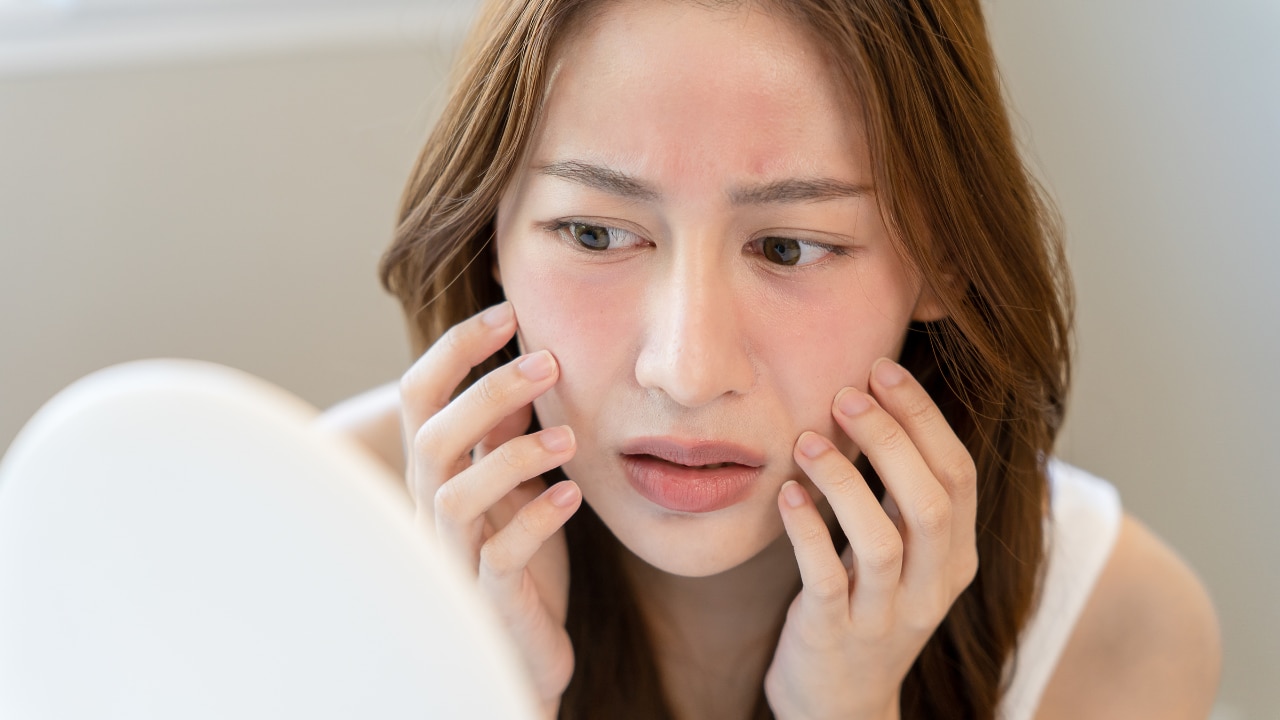
Using niacinamide with other potent actives (like vitamin C, AHA/BHAs, or retinoids) can make your skin more reactive or lead to barrier damage if overused.
3. Purging

Some people may experience breakouts or clogged pores initially, especially when the skin is adjusting to a new active. While purging is temporary, it can be mistaken for a bad reaction.
4. Allergic Reaction

Though rare, some may have an allergic response to niacinamide or other ingredients in the formulation—resulting in rashes or swelling.
5. Tingling or Tightness
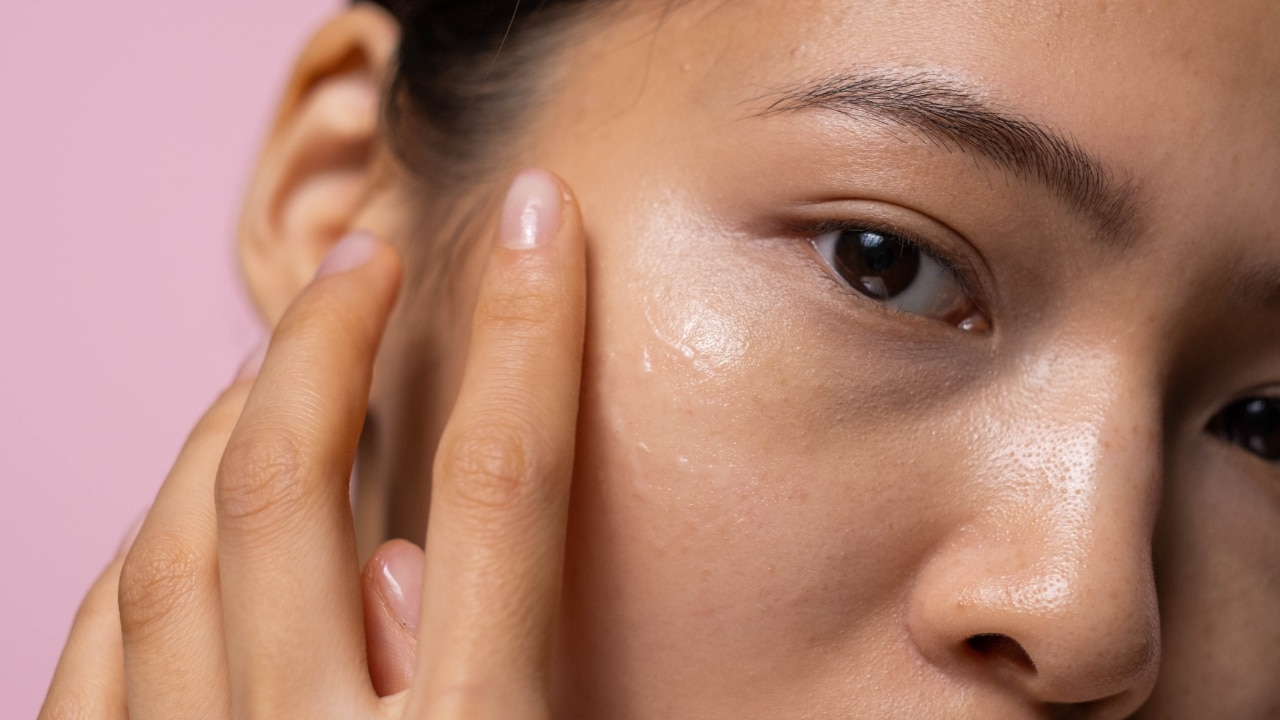
This might occur if your skin barrier is already compromised or if you apply niacinamide right after exfoliating acids.
04How to Minimize Side Effects of Niacinamide
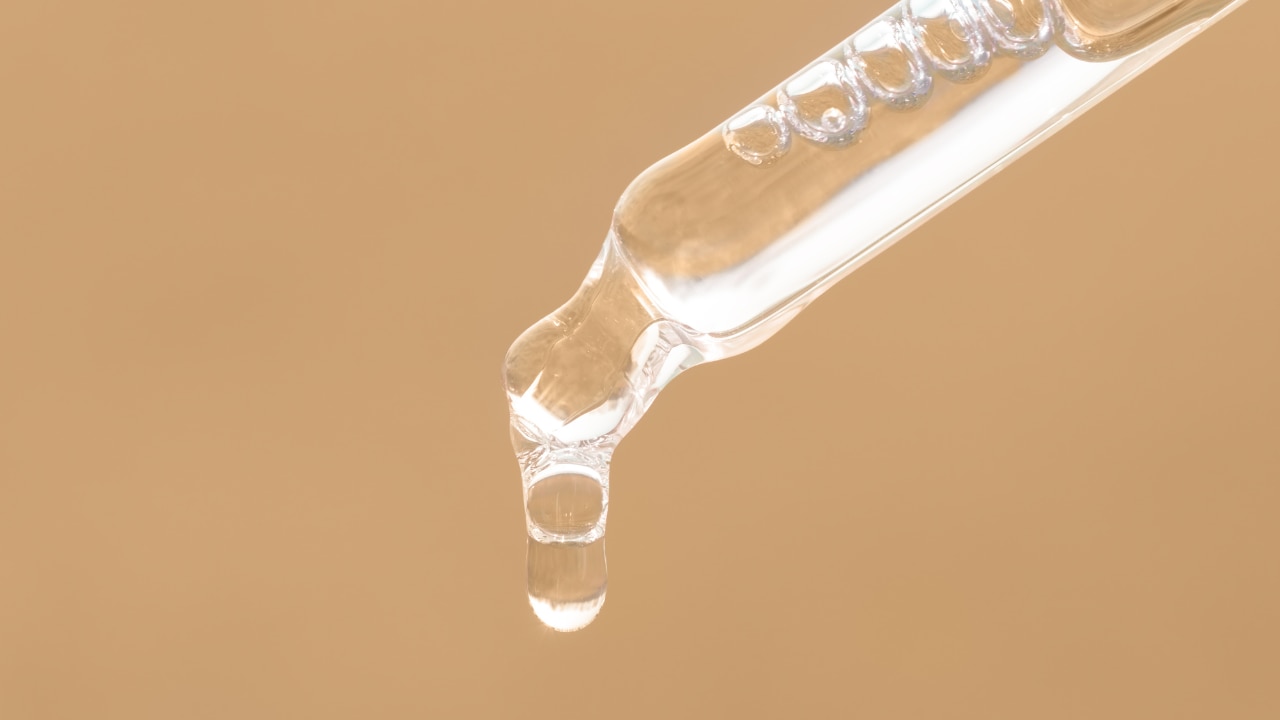
Follow these expert-backed tips to get the glow without the woes:
- Start Low, Go Slow: Begin with lower concentrations (2%–5%) if you're new to niacinamide.
- Patch Test First: Always apply on a small area before using it on your full face.
- Avoid Mixing Too Many Actives: Alternate days if using strong acids or retinoids.
- Layer Wisely: Wait 30–60 seconds between layering actives to reduce sensitivity.
- Moisturise Well: Use a calming moisturiser like Simple Hydrating Light Moisturiser to buffer and support the skin barrier.
- Follow With Sunscreen: Niacinamide doesn't make your skin sun-sensitive, but a compromised barrier can. SPF is still a must.
05Is Niacinamide Safe for Skin ? (By SkinTypes)
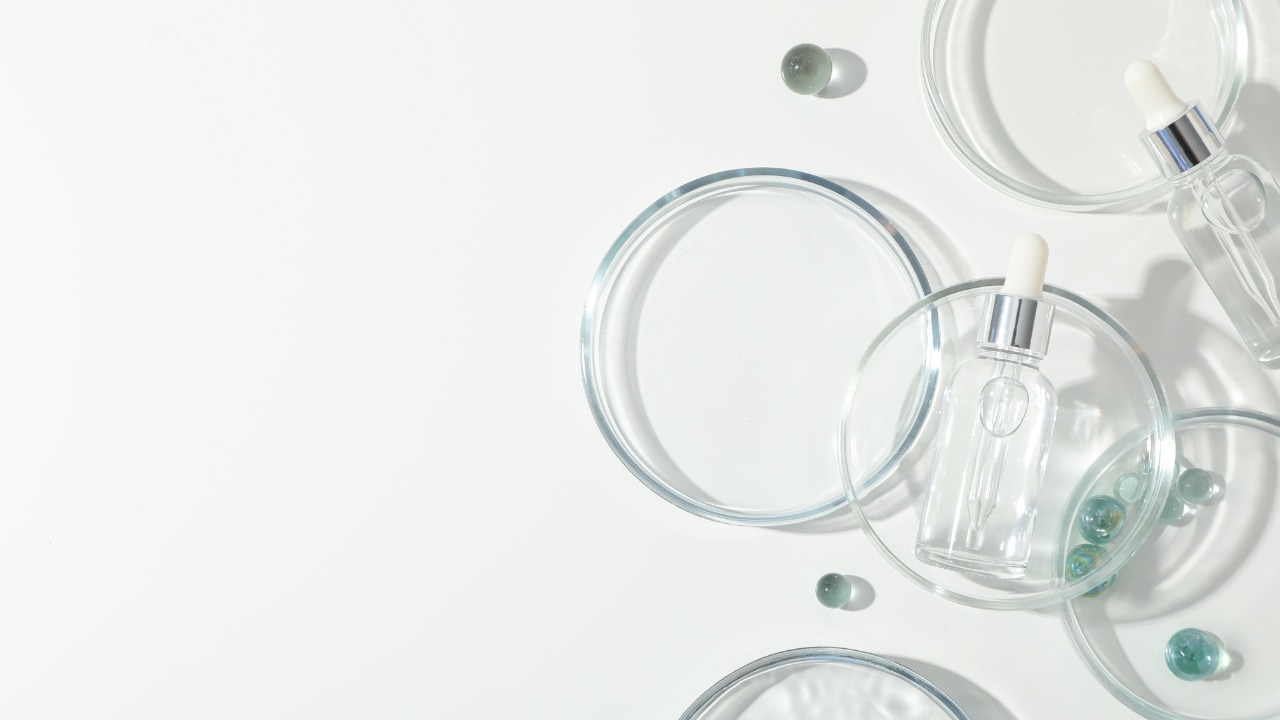
Yes, but the way you use niacinamide should vary based on your skin type and concerns:
Niacinamide for Oily Skin : Is It Good?
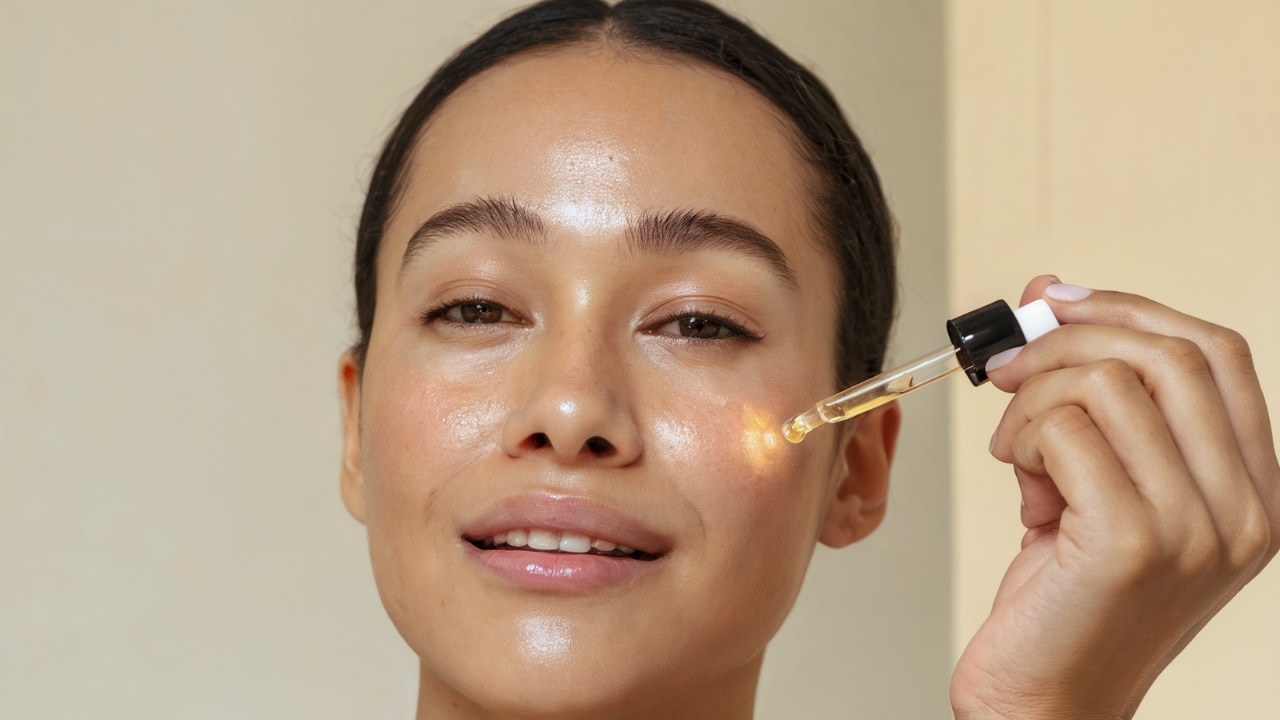
- Helps regulate sebum and reduce shine.
- Minimises enlarged pores and calms acne inflammation.
- Ideal concentration: 5% to 10%.
- Try: Simple 10% Niacinamide + Pro-Vit B5 Booster Serum for sebum control and smoother skin texture.
Niacinamide for Dry Skin: Benefits & Safety
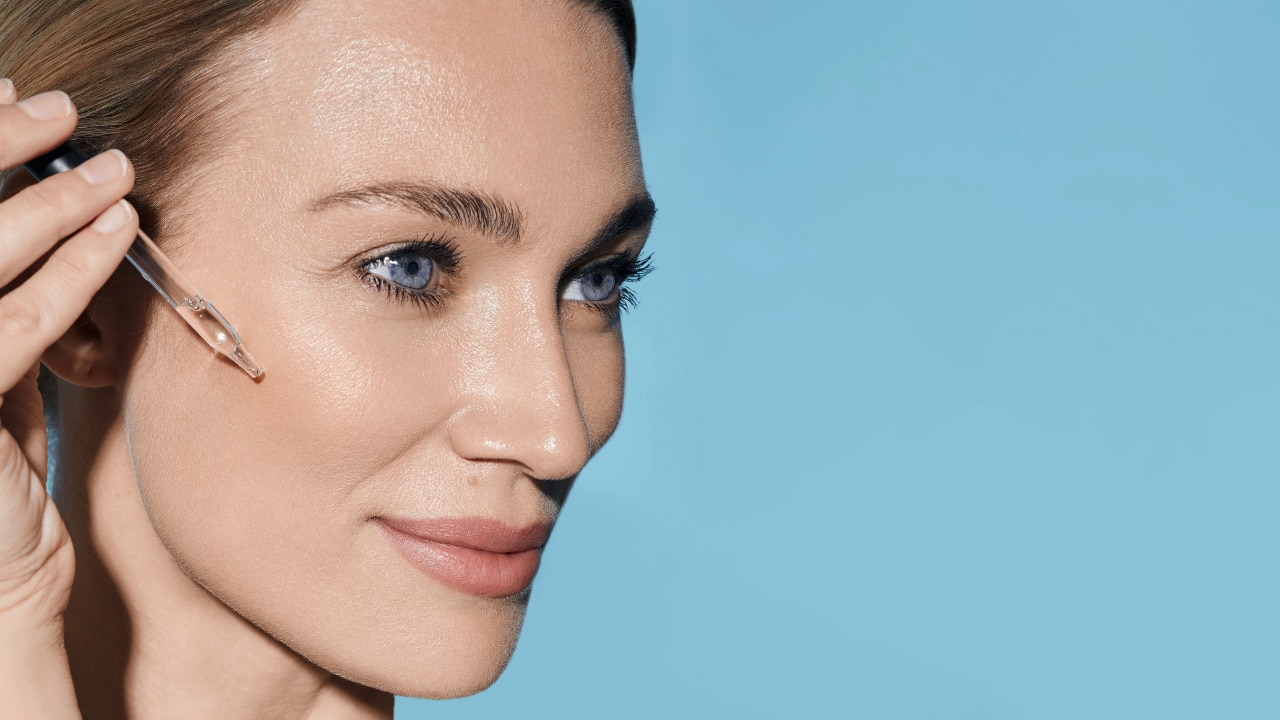
- Strengthens the lipid barrier to retain moisture.
- Reduces flaky patches and calms irritation.
- Best used with hydrating agents like hyaluronic acid or ceramides.
- Layer under Simple Hydrating Gel Creme for intense, non-greasy moisture.
Niacinamide for Sensitive Skin

- Best started at 2%–5% concentration.
- Calms redness and rebuilds damaged barrier.
- Avoid pairing with exfoliants or acids initially.
- Introduce slowly and buffer with moisturiser or hydrating mist.
06How to Use Niacinamide Safely in Your Routine
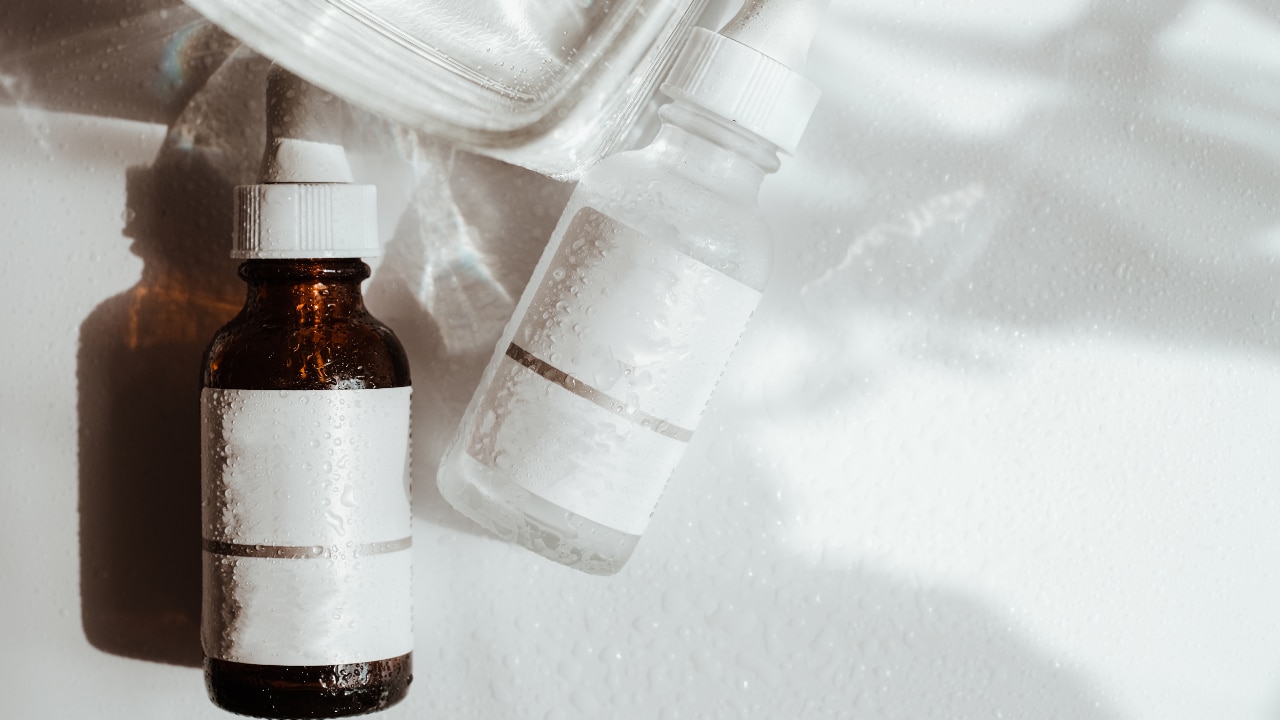
Want the most out of your niacinamide serum? Follow this step-by-step guide:
AM Routine
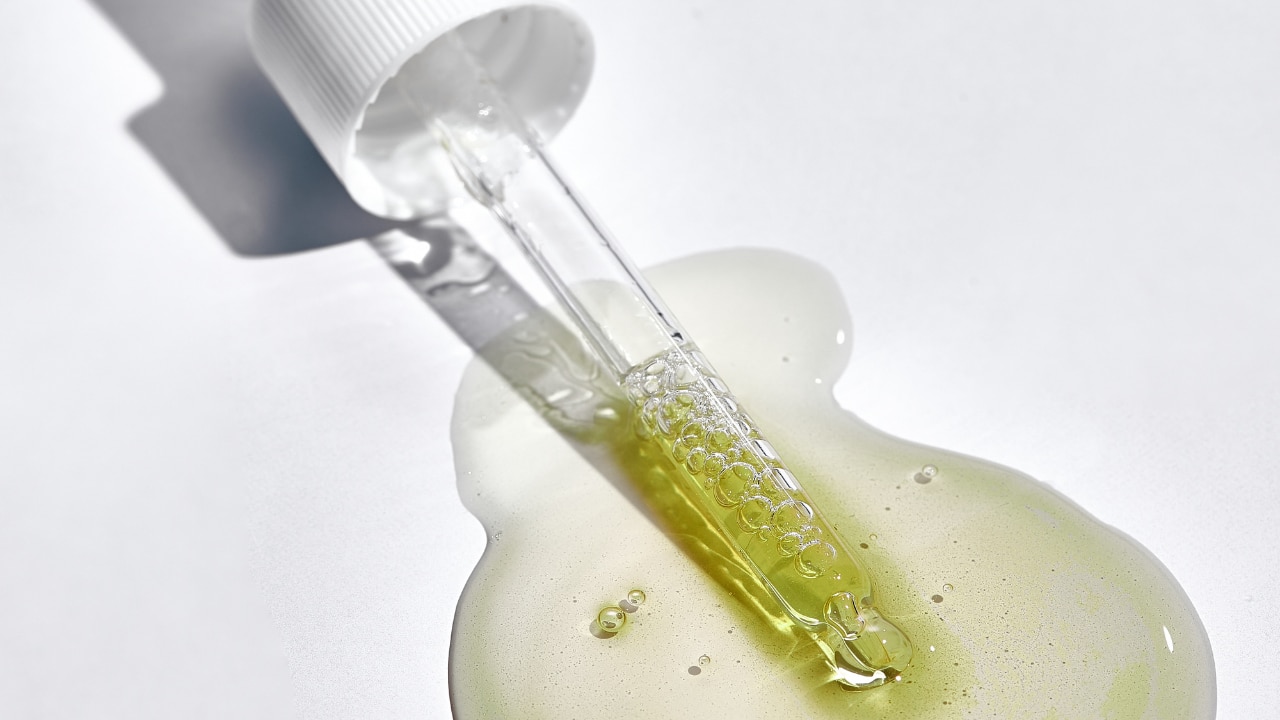
- Cleanser: Use a gentle, non-stripping cleanser.
- Toner (optional): Go for a hydrating or calming formula.
- Niacinamide Serum: Apply 2–3 drops on slightly damp skin.
- Moisturiser: Use something barrier-supportive like Simple Hydrating Light Moisturiser.
- SPF: Always finish with a broad-spectrum sunscreen.
PM Routine
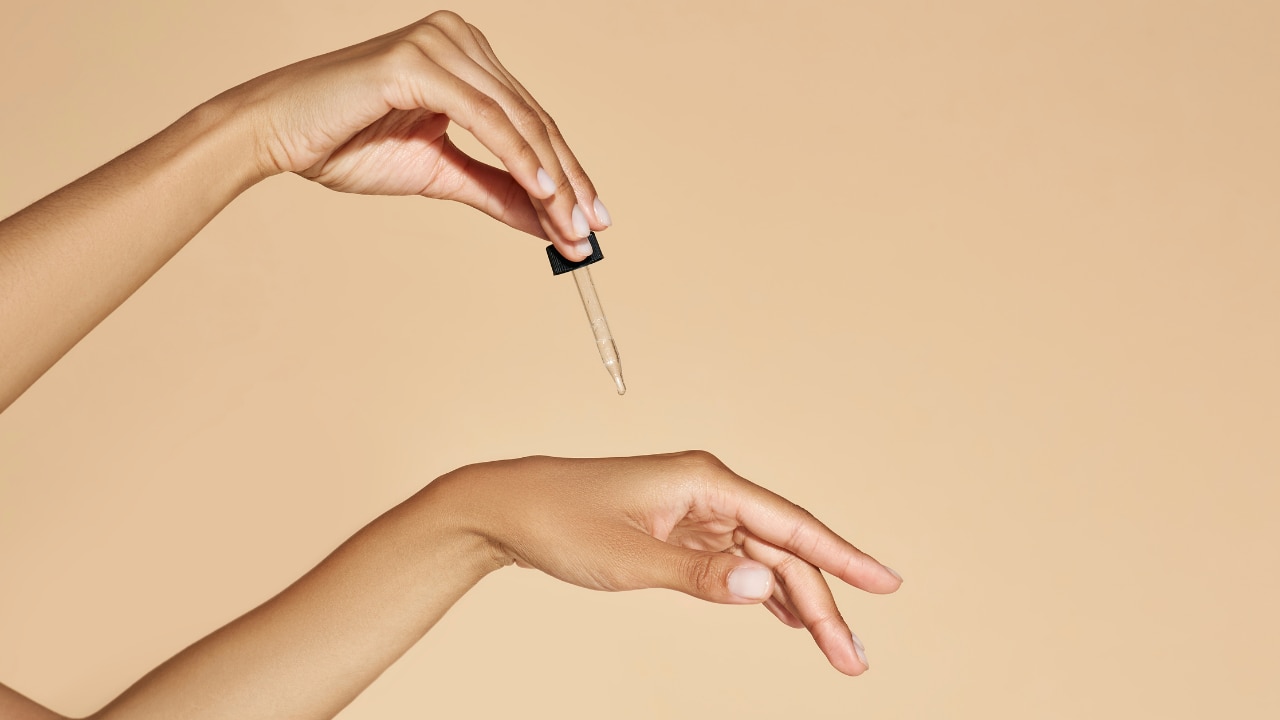
- Cleanse to remove makeup and pollution.
- Niacinamide Serum or Pond's Anti-Pigmentation Serum (which contains niacinamide and Gluta-Niacin Complex™).
- Moisturiser to seal in hydration.
- Optional: Use actives (like retinol) on alternate nights to avoid overloading.
Expert Tip: Best time to apply niacinamide is after cleansing and before heavier creams. When layering, go from thinnest to thickest texture. Avoid layering with high-strength acids in the same step to prevent irritation.
07Final Thoughts
Niacinamide is a powerhouse skincare ingredient that brings balance, brightness, and barrier repair to all skin types. But like all actives, understanding its side effects and correct usage is key to reaping its full benefits. Whether you're using Simple's 10% Niacinamide Serum for oil control or the Pond's Anti-Pigmentation Serum for stubborn dark spots, this ingredient can completely transform your skin when used mindfully.
Start slow, listen to your skin, and soon you'll notice smoother texture, fewer breakouts, and a radiant glow that doesn't need a filter.
08FAQs: Niacinamide Serum Side Effects
1. Is niacinamide good for skin?
Yes, niacinamide is great for improving texture, tone, and barrier function while calming irritation.
2. What does niacinamide do for your skin?
It reduces oiliness, shrinks pores, strengthens the skin barrier, improves hydration, and evens skin tone.
3. Is niacinamide safe for skin?
Generally yes. It's considered one of the safest actives but should be introduced gradually.
4. Can niacinamide cause purging?
Some people may experience temporary breakouts, especially when combining it with exfoliating acids.
5. Can I use niacinamide with other active ingredients?
Yes, but space them out. Avoid using strong exfoliants or vitamin C immediately before or after.
6. Is niacinamide good for oily skin?
Absolutely. It regulates sebum production and reduces shine and acne.
7. Is niacinamide good for dry skin?
Yes. It improves moisture retention and soothes dryness by strengthening the skin barrier.
8. Which serum is better—Simple or Pond’s?
Both are excellent:
- Choose Simple 10% Niacinamide + Pro-Vit B5 Booster Serum for hydration + oil control.
- Opt for Pond's Anti-Pigmentation Serum if you're targeting dark spots and pigmentation.

